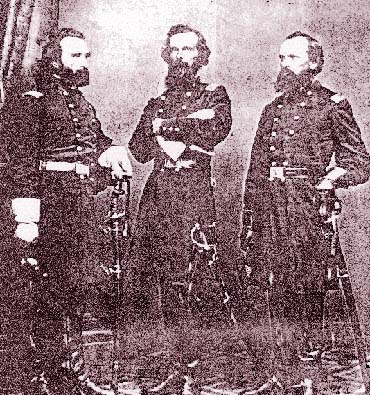Julius Walker Adams entered the U.S. Military Academy, West Point, in June, 1830. The wave of internal improvement then sweeping over the country then attracted all young men of engineering proclivities, and in May, 1832, he resigned from the academy to join his uncle, Maj. William Whistler, as assistant engineer on the Paterson and Hudson River railroad. From this postion he went as assistant engineer on the Stonington and Providence railroad and was then, successively, on the Norwich and Worcester (1836), the Western, of Massachusetts (1839); the Albany and Schenectady (1842) railroads; at the Brooklyn navy yard (1844), and at the Cochinate water works, of Boston (1846).
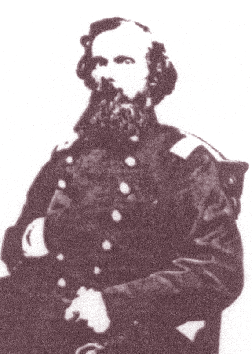
In 1857 Mr. Adams was called to Brooklyn, N.Y., to prepare a comprehensive plan for a system of sewers for the city. Up to that time, no American town had been sewered on a general plan prepared in advance and no date existed to guide in determining the proper dementions of sewers adapted to American climatic conditions and the habits of the people. The whole subject was carefully investigated by Mr. Adams and the plans devised and carried out by him have proved most effective and satisfactoey.
The civil war having interrupted this work, he entered the military service as colonel of the 67th N.Y. volunteers in June, 1861, and served in thr army of the Potomac until wounded in the battle og Fair Oaks, May 31, 1862. On October 20, 1862, he resigned from the army and returned to Brooklyn. He was the chief engineer of the Brooklyn department of city works (1869-1877), consuting engineer to the New York city department of public works (1880-1888), and was a director of the Panama railroad (1888-1893).
Col. Adams has contributed many valuable reports and papers to state boards of health and to corporations. Among such may be cited his "Report on the Pollution of Rivers" to the commission on the water supply of Philadelphia in 1875; the report of a commision on the plans for sewering Providence, R.I., in 1876, and the report to the New Jersey state board of health "On the Disposal of Sewage in Cities" in 1882. In 1880 he wrote the first comprehensive treatise on the sewering of towns issued in America. This work, entitled "Sewers and Drains in Populus Districts" has passed through several editions. Col. Adams was one of the founders of the American Society of Civil Engineers in 1852; was vice president (1867-1873); president (1874-1875), and was made an honorary member, Oct. 26, 1888. On Dec. 5, 1835, he was married to Elizabeth, daughter of John and Esther (Brown) Denison, of Stonington, Conn., who died in Brooklyn, April 2, 1888. They had five sons and three daughters.
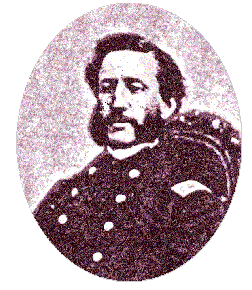
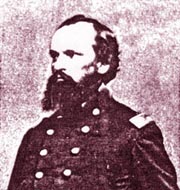
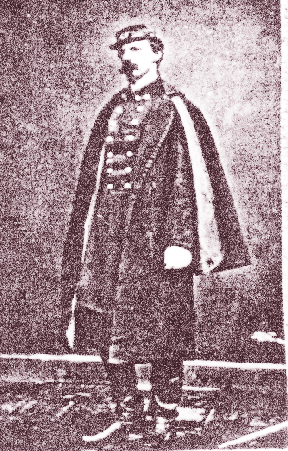
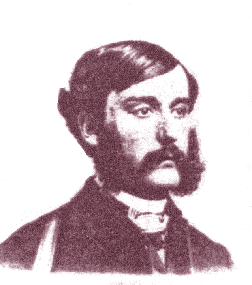
Captain Company K
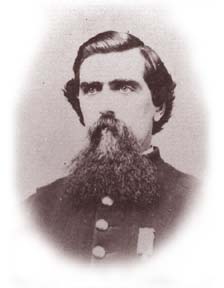
65th N.Y. Infantry
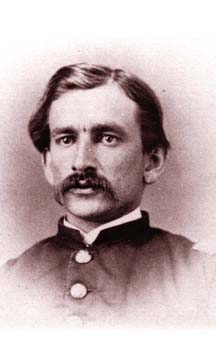
Company D
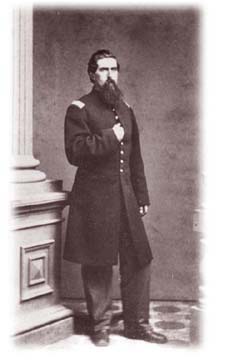
later Colonel 65th N.Y.
Company D
(Full Figure)
